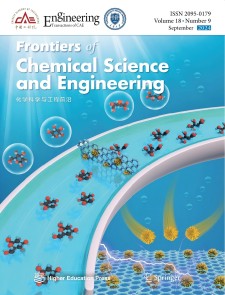Material failure risk mitigation and regulation strategies for thermochemical heat storage reactors
Abstract
Medium- and low-temperature thermochemical energy storage materials are vulnerable to deliquescence, agglomeration, and structural fracturing under hyperhumid conditions, yet the fundamental origins of excess environmental moisture within reactors remain insufficiently characterized. This study systematically elucidates water vapor transport mechanisms between air and physical adsorption materials in thermochemical reactors, with emphasis on transient humidity transfer phenomena during incomplete charging and discharging cycles. Moisture saturation was defined as the key parameter for standardized humidity analysis. Results indicate that uncontrolled saturation arises from thermally driven vapor depression, in which water vapor desorbed from materials or transported by inlet air undergoes progressive condensation during downstream migration. Moisture saturation dynamics were governed by coupled effects of inlet air temperature, flow velocity, and relative humidity. Reverse charging was shown to effectively reduce maximum moisture saturation in cases where materials remained incompletely hydrated after prior discharging. Optimization of inlet air conditions through controlled transitions from low-temperature, high-velocity states to a predesigned charging protocol achieved a 45.7% reduction in maximum moisture saturation (from 1.38 to 0.75). In addition, preheating prior to discharging significantly suppressed reactor moisture saturation, thereby mitigating material failure risks.

 求助内容:
求助内容: 应助结果提醒方式:
应助结果提醒方式:


